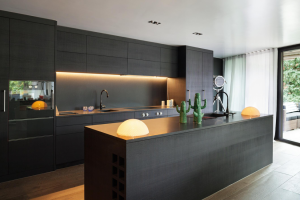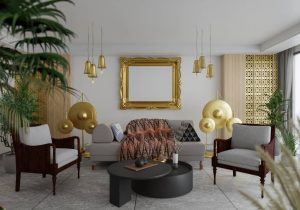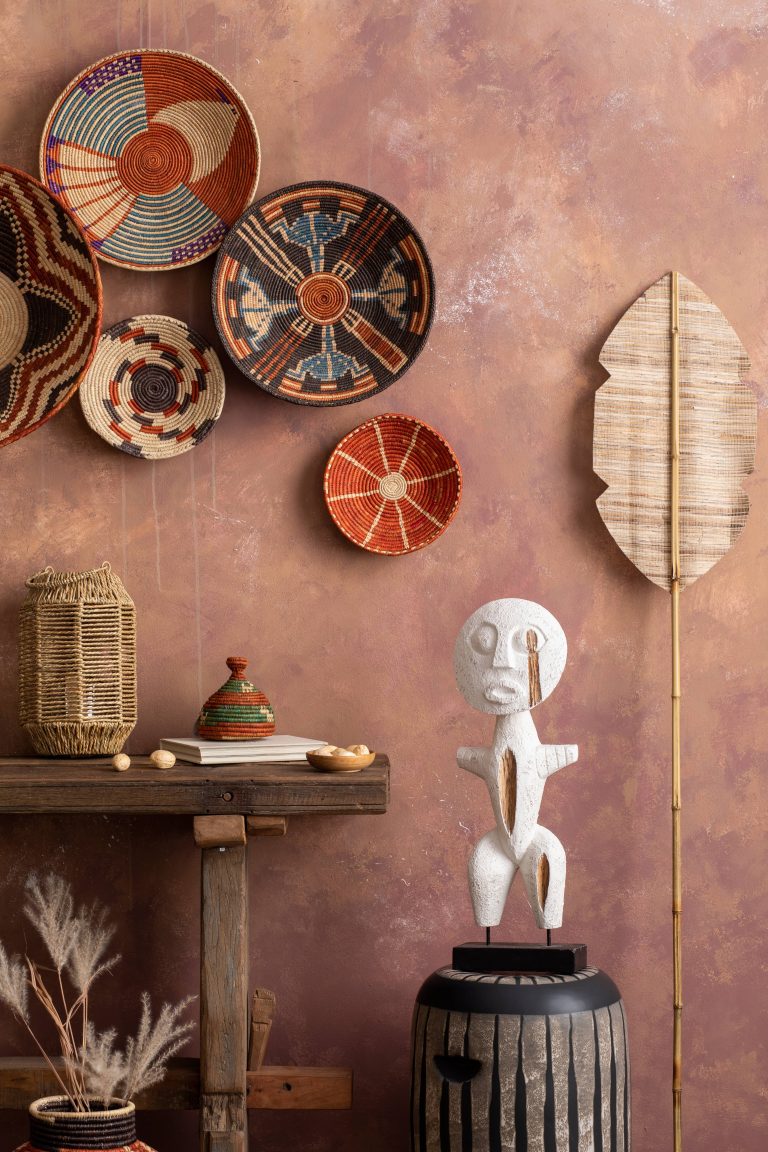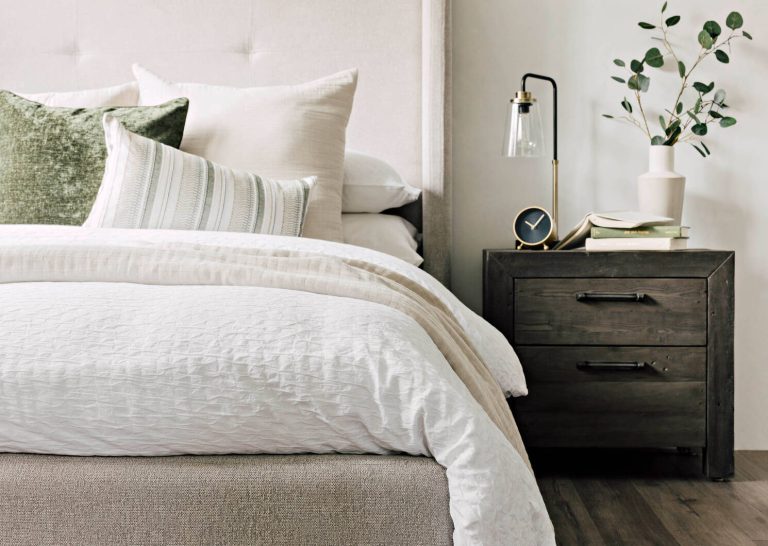
When it comes to creating a home that reflects your personal style and taste, furniture color selection plays a significant role. The colors you choose can either harmonize with your existing decor or stand out as a stark contrast. Selecting the right hues can completely transform a space, making it feel cohesive, inviting, and balanced. Here, we delve into how to choose furniture colors in a way that enhances your decor, elevating your home’s aesthetic appeal.
The Psychology of Color
Color psychology is the study of hues as a determinant of human behavior. It’s fascinating to know that colors can influence moods, feelings, and even actions. For instance, warm colors like reds, oranges, and yellows can evoke feelings of warmth or excitement, while cooler colors like blues and greens can induce calmness and serenity.
When selecting furniture colors, consider the emotional atmosphere you want to create in each room. A bold red sofa might be perfect for a lively living room but could be too stimulating for a bedroom. Understanding the emotional impact of colors will guide you in making choices that enhance the desired ambiance of your spaces.
Assess Your Space
Before choosing any furniture colors, evaluate the area where the furniture will be placed. Consider the room’s size, natural lighting, and existing color palette. Small rooms can benefit from lighter shades that make them feel more spacious, while larger rooms can handle darker hues that add coziness.
Natural lighting also plays a crucial role. A room with abundant sunlight can accommodate a broader range of colors, whereas a dimly lit space may benefit from brighter furniture that introduces a sense of lightness. Examining the interplay between light and space helps in choosing colors that complement and enhance your decor.
Harmonize with Existing Decor
A key aspect of color selection is ensuring that new pieces harmonize with the current decor. If your home already has a defined color scheme, you might want to select furniture that aligns with or subtly complements these hues. For a cohesive look, use the existing color palette as a guideline:
1. Neutral Colors: Neutral-colored furniture can seamlessly fit into any decor style. Pieces in shades of white, beige, gray, and taupe offer flexibility and timelessness. They serve as a perfect backdrop for incorporating other colorful accents or accessories.
2. Monochromatic Schemes: If you prefer a monochromatic look, choose furniture in varying shades of the same color. This approach adds depth and visual interest without breaking the cohesive flow of your decor.
3. Accent Colors: Selecting a dominant color from your existing decor as an accent for furniture can create a pleasing visual harmony. For example, if your room features blue accents, a navy blue armchair might tie the space together beautifully.
Experiment with Bold Colors
For those who enjoy a vibrant and energetic living space, incorporating bold-colored furniture can be incredibly rewarding. Start by introducing one or two statement pieces—like a brightly colored couch or an eye-catching armchair. These pieces can serve as focal points that draw the eye and add personality to the room.
When working with bold colors, balance is crucial. Consider complementary colors on the color wheel to offset bolder shades with softer tones, ensuring the room isn’t visually overwhelming. Additionally, limit the use of multiple bold colors in one space to avoid a cluttered look.
Mix and Match for Eclectic Appeal
An eclectic decor style thrives on mixing and matching colors and patterns for a unique aesthetic. When choosing furniture for an eclectic space, embrace experimentation. Consider using contrasting colors to create visual interest, or blend different textures and patterns to add character.
To avoid a disjointed appearance, incorporate a few consistent elements across the space, such as a repeated color or design motif. This strategy maintains cohesion, allowing your creative combinations to shine without clashing.
Consider Material and Finish
The material and finish of furniture can also influence its color perception. A glossy finish might make a color appear lighter or more reflective, while a matte finish can give it a muted, understated effect. Wood pieces with rich, natural grains can offer warmth in earth tones, while metal or leather may contribute to an industrial or contemporary feel.
Be mindful of how these elements align with your overall decor theme. A sleek, modern dining table might look out of place in a rustic, country-style kitchen, even if the color fits the scheme.
Personal Preference and Lifestyle
Ultimately, your home’s decor should be a reflection of your personal taste and lifestyle. While trends can provide inspiration, the most satisfying spaces often result from choices that resonate personally.
Consider how you will use each room and the practical aspects of the furniture. If you have kids or pets, opting for colors and materials that are durable and easy to maintain will save you stress in the long run. Darker or patterned fabrics can cleverly disguise spills or wear and tear.
Conclusion
Choosing furniture colors is an art that combines practical considerations, aesthetic appeal, and personal expression. Whether you prefer subtle, harmonious tones or bold, contrasting hues, your choices will define the atmosphere and style of your living spaces. By understanding the influence of color, assessing your existing decor, and considering your lifestyle needs, you can select furniture colors that truly enhance your home.
Remember, the most beautiful spaces are those that express who you are, offering both comfort and delight to all who enter them. Happy decorating!













